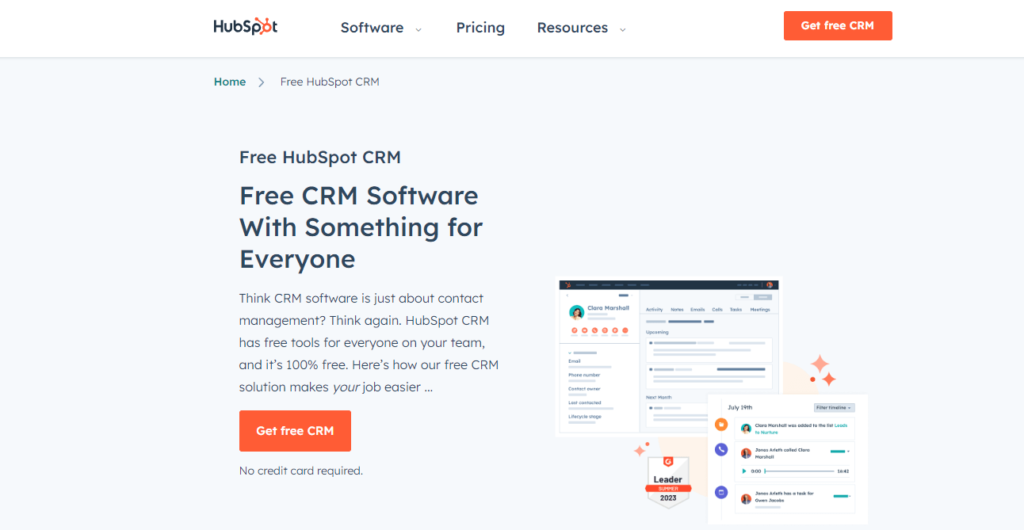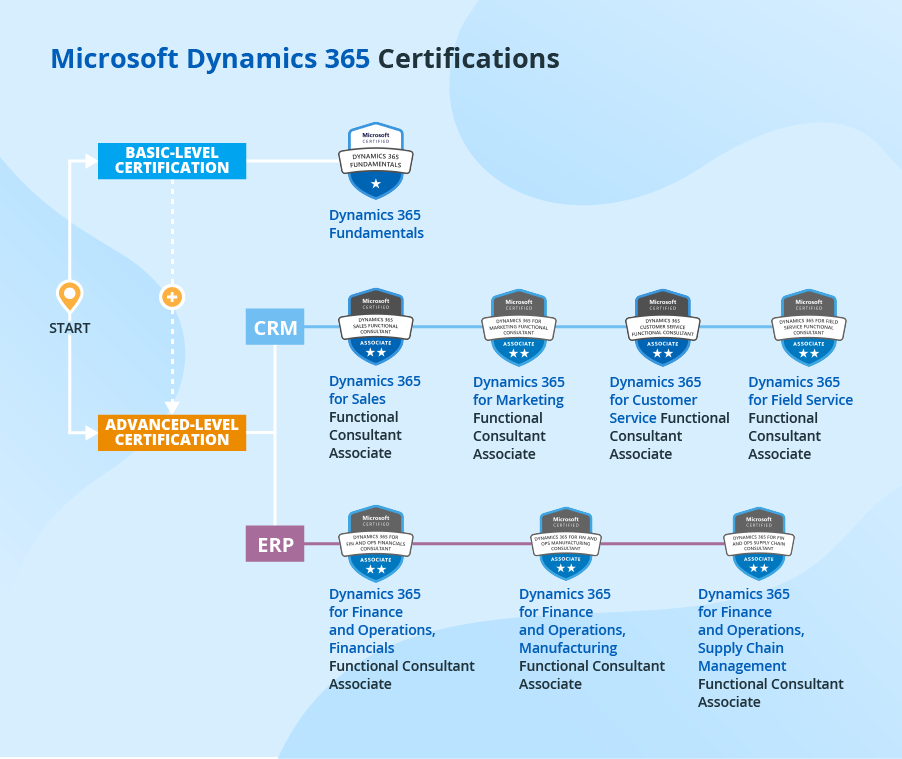In today’s dynamic business environment, where competition is fierce and customer service is at a premium, effective customer relationship management (CRM):Customer Relationship Management) has become an imperative necessity, not a simple option. More than a technological tool, CRM represents a business philosophy focused on deeply understanding customer needs, anticipating their expectations, and building strong, lasting relationships that drive sustainable growth. Forget customer management as a siloed process; CRM is the backbone of a comprehensive marketing and sales strategy, capable of transforming the way we interact with our customers and, ultimately, our business success.
1. Beyond Software: The Philosophy of CRM
CRM isn’t limited to software, although it is a fundamental tool. Essentially, CRM is a comprehensive strategy that encompasses all aspects of customer interaction, from the first contact to long-term loyalty. It involves a cultural transformation within the organization, fostering a customer-centric culture across all departments, from sales and marketing to customer service and after-sales support. This means centralizing customer information and making it accessible to all relevant teams, enabling a consistent and efficient response to individual needs. Effective CRM involves:
* Deep customer knowledge:Beyond demographic data, an effective CRM allows you to gather information about customer behavior, preferences, purchase history, and interactions with the company. This information is used to personalize the customer experience and offer relevant products and services. For example, an online store using a CRM can recommend products related to a customer’s previous purchases, increasing the likelihood of an upsell.
* Process automation:CRM software automates repetitive tasks such as contact management, sales lead tracking, and report generation, freeing up your team’s time to focus on higher-value activities, such as building customer relationships. Email automation, for example, allows you to send personalized messages to specific customer segments at key moments in the buying cycle.
* Improved communication:A CRM centralizes all customer information, enabling fluid and consistent communication across all channels. This avoids duplication of information and ensures that the customer receives a unified and consistent experience, regardless of the contact channel used.
* Data analysis and decision making:CRM provides valuable insights into customer behavior, market trends, and marketing campaign performance. This information is used to make informed strategic decisions and optimize marketing and sales strategies. For example, a CRM data analysis may reveal that a certain customer segment responds best to a specific type of marketing message, enabling optimization of future campaigns.
2. CRM Types: Finding the Ideal Solution
There are different types of CRM, each designed to meet the specific needs of businesses. Choosing the right CRM depends on factors such as the size of the business, the complexity of its operations, and its budget. The most common types include:
* Operational CRM:It focuses on process automation and improving operational efficiency. This type of CRM is ideal for companies looking to optimize their sales, marketing, and customer service processes. Examples include workflow automation, lead management, and customer service case management.
* Analytical CRM:It focuses on data analysis to gain valuable insights into customer behavior and market trends. This type of CRM is ideal for companies looking to better understand their customers and make informed strategic decisions. Examples include custom reporting, customer segmentation, and predictive analytics.
* Collaborative CRM:It focuses on collaboration between different departments in a company to improve the customer experience. This type of CRM is ideal for companies looking for a unified customer view and seamless communication between different teams. Examples include real-time customer information sharing and collaborative project management.
* Cloud CRM:It’s accessible via the internet, offering flexibility, scalability, and accessibility from anywhere. It reduces infrastructure and maintenance costs. Salesforce, HubSpot, and Zoho CRM are popular examples.
* CRM en local (On-Premise CRM):It is installed on the company’s servers, offering greater control and security, but requiring a larger initial investment and an IT team for maintenance.
3. Successful CRM Implementation: Keys to Success
Successful implementation of a CRM system requires careful planning and meticulous execution. It’s not just about installing the software; it’s about integrating CRM into the company’s culture and processes. Some key steps for a successful implementation include:
* Definition of clear objectives:Before implementing a CRM, it’s essential to define the objectives you’re seeking to achieve. Are you looking to improve sales efficiency? Increase customer satisfaction? Gain a clearer view of customer behavior? Objectives should be specific, measurable, achievable, relevant, and time-bound (SMART).
* Selecting the Right CRM:Selecting the right CRM is crucial to a successful implementation. It’s important to assess your company’s needs and choose a system that fits its size, budget, and operational complexity.
* Staff training:It’s essential to train staff in CRM use. Training should be practical and cover all aspects of the system, from data entry to report generation.
* Integration with other systems:CRM should be integrated with other company systems, such as the ERP and email system, to ensure a smooth flow of information and avoid data duplication.
* Monitoring and optimization:Once a CRM is implemented, it’s important to monitor its performance and make adjustments as needed. Analyzing the data provided by the CRM will help identify areas for improvement and optimize system use.
4. CRM and Digital Transformation: A Smart Future
CRM is constantly evolving, driven by digital transformation. The integration of artificial intelligence (AI) and machine learning is taking CRM to a new level, enabling the automation of more complex tasks and the prediction of customer behavior with greater accuracy. Predictive analytics, for example, makes it possible to identify customers with a high probability of churn or making a purchase, enabling proactive intervention by the sales or marketing team. The integration of chatbots and virtual assistants is improving the customer experience and the efficiency of customer service. Advanced analytics enables hyper-personalized customer segmentation, improving the effectiveness of marketing campaigns.
Conclusion: CRM, a Strategic Investment for Growth
In conclusion, CRM is much more than a simple technological tool; it is a comprehensive business strategy that, when implemented correctly, can transform the way we interact with our customers and ultimately drive sustainable business growth. The success of CRM lies in understanding its philosophy, choosing the right system, training staff, and continuously monitoring its performance. In an increasingly digitalized world, investing in an effective CRM system is not just an option, but an imperative necessity for any company that aspires to stand out in a competitive market. The key to success lies in the ability to use customer information to build strong, personalized, and lasting relationships, generating value for both the company and the customer. Remember: CRM is not just about managing customers; it’s about building relationships.

